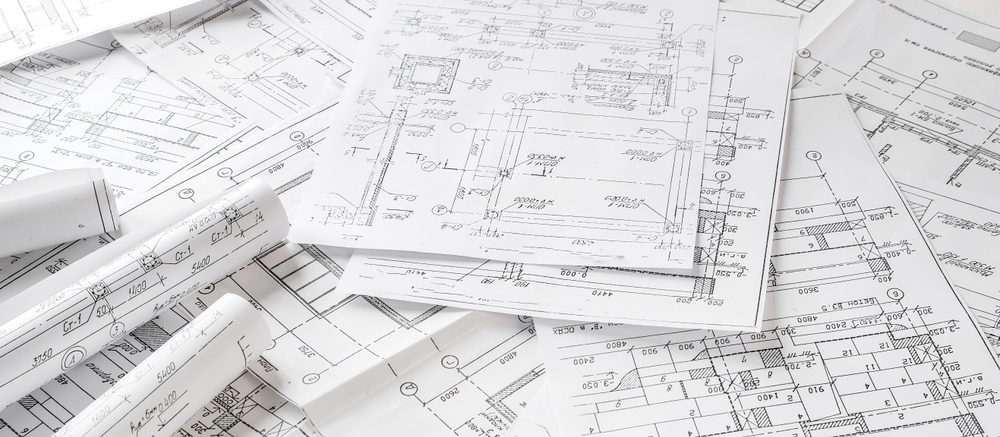Integrated Design and Build: A Seamless Approach to Construction
Integrated Design and Build: A Seamless Approach to Construction
The Integrated Design and Build (IDB) approach is revolutionizing the construction industry by combining design, engineering, and construction into a single streamlined process. Unlike traditional methods that separate design and construction phases, the IDB model ensures faster project completion, cost efficiency, and better quality control.
What is Integrated Design and Build?
Integrated Design and Build is a collaborative approach where the design and construction teams work together from the project’s inception to completion. This method eliminates the disconnect between architects, engineers, and contractors, ensuring a smoother, more efficient workflow.
Key Features of Integrated Design and Build
✅ Single-Point Responsibility – One entity oversees both design and construction.
✅ Cost and Time Efficiency – Eliminates delays and unexpected expenses.
✅ Seamless Collaboration – Enhances coordination between architects, engineers, and builders.
✅ Flexibility and Innovation – Allows for adaptive changes in design and execution.
✅ Sustainability – Promotes eco-friendly construction methods and energy efficiency.
Benefits of Integrated Design and Build
1. Faster Project Completion
With design and construction teams working together, projects move faster without bottlenecks or rework due to miscommunication.
2. Cost-Effective and Budget Control
Since all phases are integrated, costs are more predictable, and unnecessary expenses are minimized.
3. Improved Communication and Coordination
By removing separate contracts for designers and builders, there is better collaboration, reducing disputes and ensuring smooth execution.
4. Higher Quality Standards
With a single team responsible for the entire project, there is greater accountability, leading to superior build quality.
5. Sustainable and Energy-Efficient Solutions
This approach allows green building practices to be incorporated early in the design phase, resulting in more eco-friendly and energy-efficient projects.
Integrated Design and Build vs. Traditional Construction
| Feature | Integrated Design and Build | Traditional Construction |
|---|---|---|
| Responsibility | Single contractor for all phases | Separate contracts for design and construction |
| Time Efficiency | Faster completion | Potential delays due to coordination gaps |
| Cost Control | Predictable and controlled | Higher risk of cost overruns |
| Quality Assurance | Consistent quality throughout | Quality may vary across different contractors |
| Client Involvement | Less client supervision needed | Requires active client involvement |
Industries Benefiting from Integrated Design and Build
1. Commercial and Office Spaces
Businesses benefit from a faster and more cost-effective approach to constructing office buildings and retail spaces.
2. Residential Housing
Integrated solutions ensure that custom homes and apartment complexes are designed and built efficiently, reducing costs and improving livability.
3. Healthcare and Institutional Buildings
Hospitals, schools, and universities require precise planning and execution, which is why IDB is preferred for its accuracy and speed.
4. Industrial and Infrastructure Projects
Factories, warehouses, and public infrastructure projects demand efficient planning and execution, making the IDB model ideal.
 Integrated Design and Build
Integrated Design and Build
Why Integrated Design and Build is Growing in India
India’s rapid urbanization and growing infrastructure needs are driving the adoption of Integrated Design and Build solutions.
🔹 According to Construction World, the Indian real estate and infrastructure sector is increasingly adopting IDB models to reduce project delays.
🔹 Sustainable building practices are also gaining traction, and IDB allows early integration of energy-efficient solutions.
How to Choose the Right Integrated Design and Build Contractor
1. Experience and Expertise
Look for contractors with a proven track record in design and construction.
2. Compliance with Regulations
Ensure the contractor follows government standards and safety protocols.
3. Use of Technology and Innovation
Contractors using smart building technologies and energy-efficient solutions provide better value.
4. Transparency in Pricing
A good contractor provides detailed cost estimates and a clear contract to avoid hidden charges.
5. Client Reviews and Past Projects
Checking client testimonials and completed projects helps in assessing the contractor’s capabilities.
Conclusion
The Integrated Design and Build model is transforming construction by offering a seamless, cost-effective, and high-quality approach to projects. Whether for residential, commercial, or industrial needs, this method ensures a hassle-free experience from concept to completion.
For expert Integrated Design and Build services, contact us today!
Construction Industry in India
- One of India’s largest construction and engineering companies, Campus Construction Cost Optimization provides services including project management, cost control, and engineering consultancy. For detailed information on their offerings, visit. Construction Industry in India
Read more related articles to enhance your knowledge and make informed decisions
10 Essential Steps in the Building Construction Process
How to Choose the Right Materials for Your Construction Project


